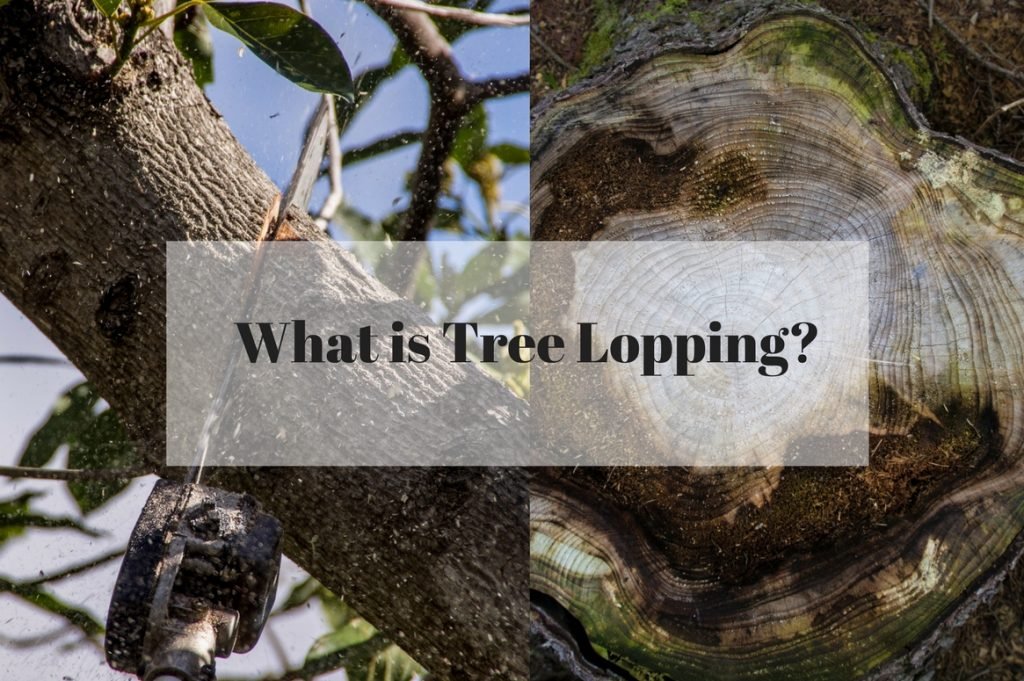
The Benefits of Tree Lopping
[ad_1]
If you are looking for a fast and convenient way to get rid of unwanted trees on your property, you need to consider tree lopping. The benefits of this method are obvious: you will get rid of dead or diseased branches, reduce the size of your trees, and prevent pathogens from entering your home. In addition, you will protect your home from rot, mold, and other issues.
Removal of dead or diseased limbs
When pruning a tree, it is best to prune out dead or diseased limbs first. This is to keep your tree healthy and to ensure that it is structurally sound. In addition, it can improve the appearance of your tree.
When pruning a tree, you should examine it from all angles to determine where you should begin. Start by locating the branch collar. This is a small area of the trunk where the branch exits. It is made of interlocking layers of cells. This collar helps heal the wound and prevents entry of pathogens. When cutting through it, it is important to make a clean cut.
Next, you should identify weakly attached branches. These may be crossing or rubbing branches. You should then remove them. Also, you should remove suckers. These are weak growths at the base of the tree.
Reduction of overall tree size
A tree may need to be pruned to reduce its size. Many trees are too tall and out of proportion to their surroundings. In addition, a large tree can be a safety hazard. Some trees in residential properties may also outgrow their allocated space. If you’re planning to cut down a tree, you’ll need to be aware of the pitfalls and the best cutting methods.
One of the best ways to go about reducing your tree’s height is by pruning back leaders. A good pruning job will not only reduce its overall size, but it will also make it stronger and safer. You should also consider the location of the cuts and the conditions under which they should be made. For instance, cutting a large diameter stem down will not be a good idea if the tree is in a windy location.
Protection against pathogens
Protection against pathogens is essential for a plant to remain healthy. Pathogens are microscopic single celled organisms that require a living plant as a host to survive. These organisms can enter through bark, fruit tissues, and leaf tissue.
In the case of plants, induced resistance is an effective defense against pathogens. Induced resistance involves various biochemical components that are functional across the entire plant. These include enzymes for phenol metabolism, flavonoids, and lignins. It has also been shown that induced resistance may be functional at the site of the initial attack.
The biochemical components of induced resistance are thought to be activated by signaling molecules. Some of these molecules include reactive oxygen species, elicitors, and secondary metabolites.
There are at least seven types of induced resistance. Researchers have found that some defensive responses have the capacity to significantly enhance the thickness of the plant cell wall, thus increasing its capacity to resist infection.
Long-term problems
Tree lopping refers to the process of cutting a tree. The term is also used for other techniques, such as rounding over and tipping. The practice is considered damaging to the trees and a form of malpractice by the arboricultural fraternity.
The practice of tree lopping can lead to serious problems, including damaged limbs and a higher risk of major tree failure. However, the process can be useful for creating hedgerows. The process leaves a tree exposed to decay and insect infestations. It can also damage a tree, making it more susceptible to disease and other types of stress. It is not a viable option for height reduction.
Trees are vital to the local ecosystem. They absorb pollutants from automobiles and industrial processes, improve water quality, and help combat climate change. They also serve as a base for local wildlife. They act as a filter for air and soil, helping to absorb carbon dioxide and particulate matter.
[ad_2]